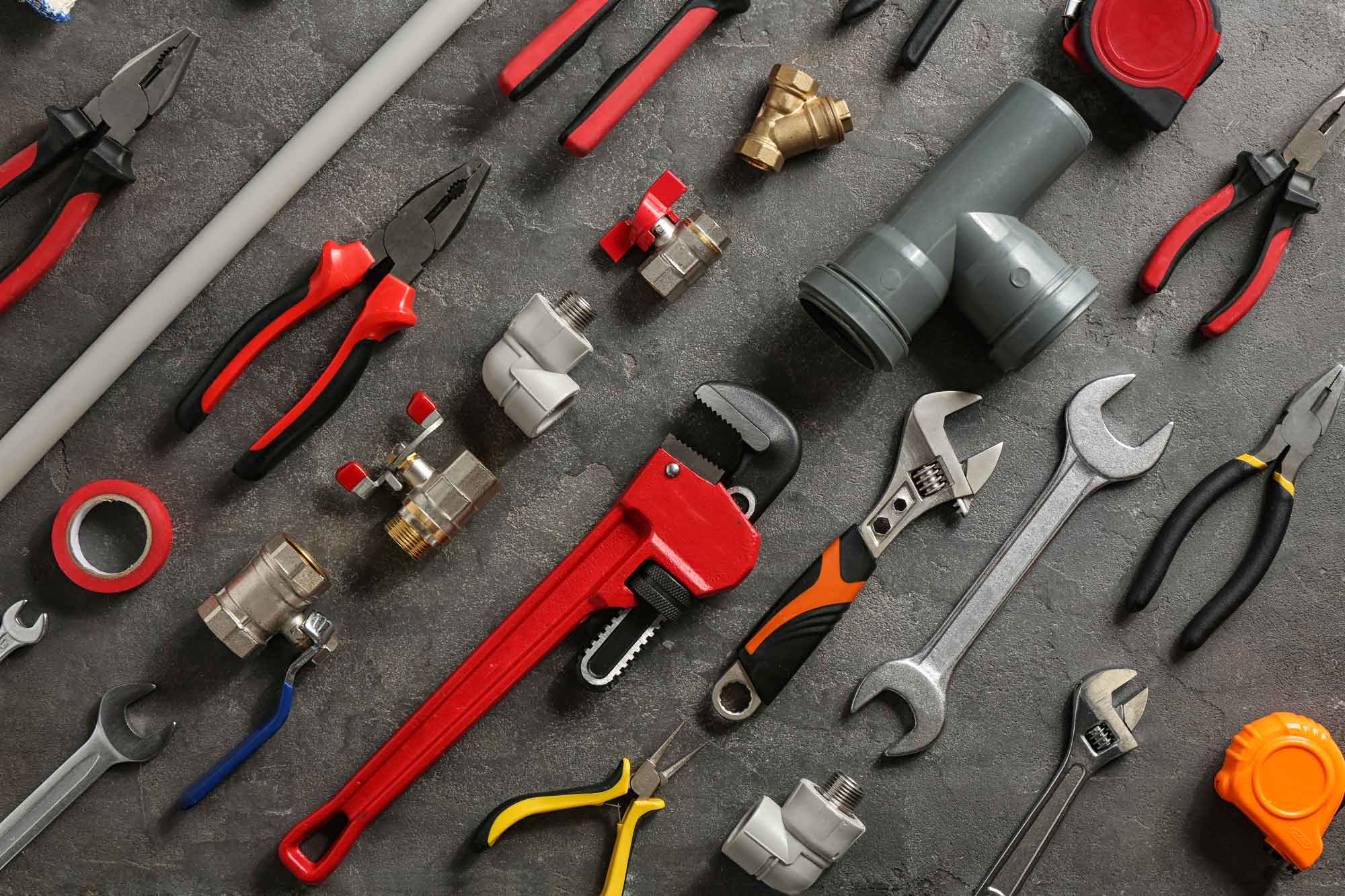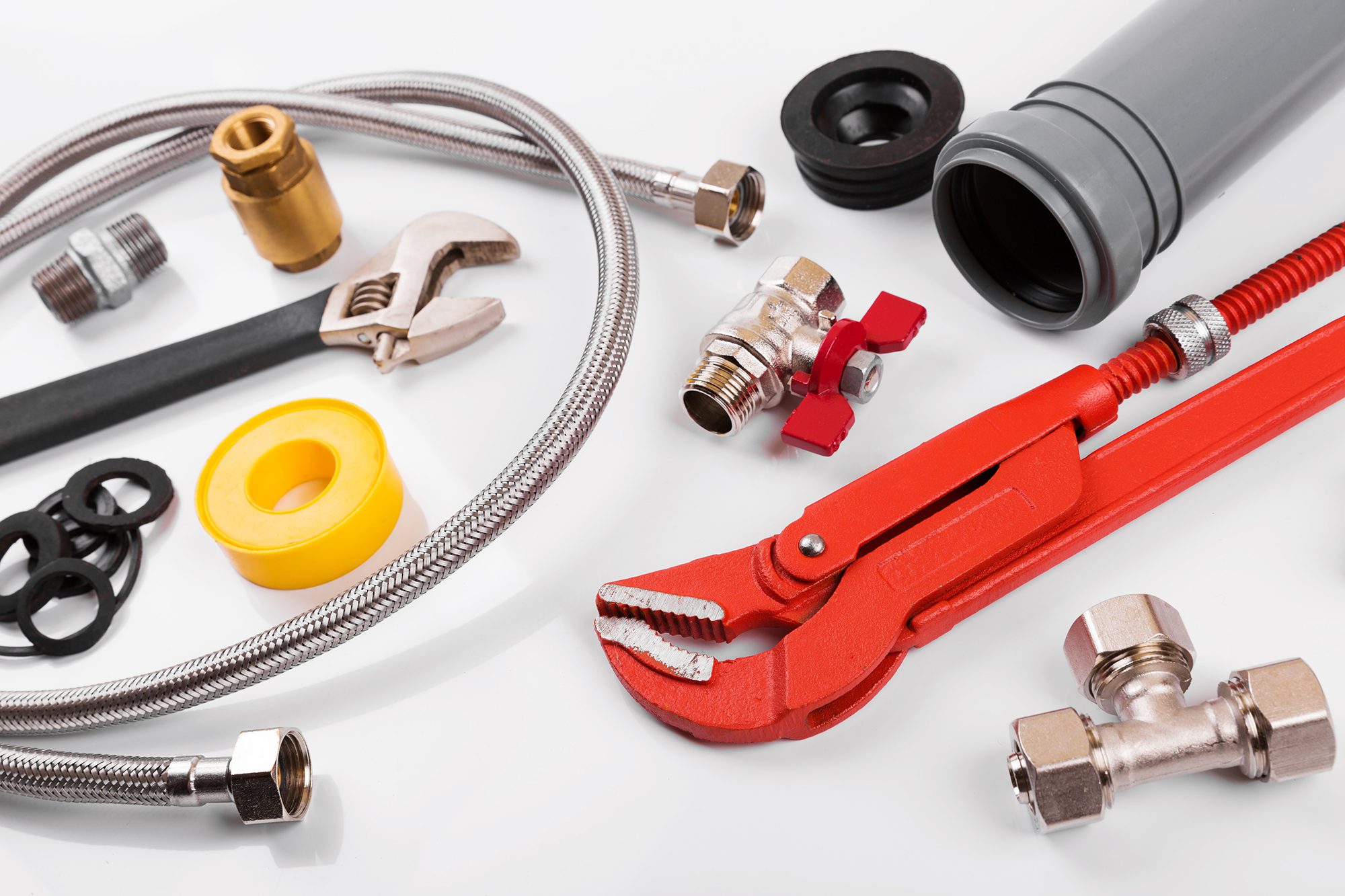Plumbing tools and equipment are the backbone of any plumber’s arsenal, enabling them to tackle a wide range of tasks from simple repairs to complex installations. From basic wrenches and pliers to advanced pipe freezing systems and drain cameras, the right tools can make all the difference in the efficiency and accuracy of plumbing work.
In this comprehensive guide, we will delve into the essential plumbing tools and advanced equipment that every plumber should have, exploring their functions, benefits, and proper handling techniques. We will also discuss common plumbing problems and provide step-by-step troubleshooting tips to help you maintain and repair your plumbing system effectively.
Essential Plumbing Tools

Every plumber needs a well-stocked toolbox to handle a wide range of plumbing tasks. From basic repairs to complex installations, having the right tools can make all the difference in efficiency, quality of work, and safety.
Basic Plumbing Tools
Here are some essential plumbing tools and their functions:
- Wrenches: Used to tighten and loosen nuts and bolts. Adjustable wrenches are versatile and can fit a range of sizes, while specialized wrenches like pipe wrenches are designed for specific plumbing tasks.
- Pliers: Used for gripping, bending, and cutting wires and small pipes. There are various types of pliers, including slip-joint pliers, needle-nose pliers, and locking pliers.
- Pipe Cutters: Used to cut pipes to desired lengths. There are different types of pipe cutters, including manual cutters for small pipes and power cutters for larger pipes.
- Drain Snakes: Used to clear clogs from drains. They come in various lengths and diameters, and some models have attachments for different types of clogs.
- Level: Used to ensure that pipes and fixtures are installed level and plumb. This helps prevent leaks and ensures proper drainage.
Selecting the right tools for the job is crucial. Using the wrong tool can damage components, lead to leaks, or even cause injury. It’s always best to consult a professional plumber if you’re unsure about the appropriate tools or techniques to use.
Advanced Plumbing Equipment
Advanced plumbing equipment has revolutionized the industry, enabling plumbers to perform complex tasks more efficiently and accurately. These tools provide specialized capabilities and applications that traditional tools cannot match, leading to improved problem-solving and enhanced service quality.
Pipe freezing systems, for instance, allow plumbers to isolate and repair specific sections of a pipe without draining the entire system. This technique minimizes downtime and reduces the risk of damage to other components. Drain cameras, on the other hand, provide a real-time view of the inside of drains and pipes, helping plumbers identify blockages, leaks, and other issues quickly and precisely.
Pipe Freezing Systems
- Isolate and repair specific pipe sections without draining the entire system.
- Minimize downtime and reduce the risk of damage to other components.
- Ideal for emergency repairs, such as burst pipes.
Drain Cameras
- Provide a real-time view of the inside of drains and pipes.
- Help identify blockages, leaks, and other issues quickly and precisely.
- Enable plumbers to pinpoint the exact location of problems, reducing unnecessary excavation and repairs.
Plumbing Safety and Maintenance
Ensuring safety and proper maintenance is crucial when working with plumbing tools and equipment. Neglecting these aspects can lead to accidents, system failures, and costly repairs. This section highlights the importance of safety precautions, proper handling and storage techniques, and regular maintenance practices for plumbing systems.
Safety Precautions
- Always wear appropriate personal protective equipment (PPE) such as gloves, safety glasses, and a hard hat when working with plumbing tools.
- Inspect tools and equipment regularly for any damage or defects before use. Do not use faulty equipment.
- Be aware of electrical hazards and take precautions to prevent electrocution. Use insulated tools and ground all electrical equipment properly.
- Handle sharp tools with care and always cut away from yourself.
- Secure work areas to prevent slips, trips, and falls.
- Never work alone, especially when performing tasks that require heavy lifting or accessing confined spaces.
- Be aware of the location of gas lines and take precautions to avoid damage or leaks.
- Ventilate work areas properly to prevent exposure to harmful fumes or gases.
Proper Handling and Storage, Plumbing tools and equipment
Proper handling and storage of plumbing tools and equipment can extend their lifespan and prevent accidents.
- Store tools in a dry, secure location to prevent rust and damage.
- Clean tools thoroughly after each use to remove dirt, debris, and corrosive materials.
- Lubricate moving parts regularly to ensure smooth operation and prevent wear.
- Sharpen cutting tools as needed to maintain their effectiveness and safety.
- Inspect hoses and cords regularly for cracks or damage. Replace any damaged hoses or cords immediately.
Regular Maintenance and Inspection
Regular maintenance and inspection of plumbing systems are essential for preventing problems and ensuring optimal performance.
- Check for leaks regularly by visually inspecting pipes, fixtures, and appliances.
- Clean drains and traps to prevent clogs and backups.
- Inspect water heaters annually and flush sediment as needed.
- Have a licensed plumber perform a comprehensive inspection of your plumbing system every few years.
- Consider installing a water filtration system to protect your plumbing system from sediment and other impurities.
Plumbing Troubleshooting and Repair

Plumbing issues are common household annoyances that can range from minor inconveniences to major emergencies. Understanding the causes and troubleshooting techniques for common plumbing problems can save time, money, and frustration. However, it’s important to recognize when professional assistance is necessary for complex repairs.
Identifying Common Plumbing Problems
Common plumbing problems include:
- Leaking faucets or pipes
- Clogged drains
- Running toilets
- Low water pressure
- Faulty fixtures (e.g., toilets, sinks)
Causes of these problems can vary from worn-out parts to improper installation or blockages.
Troubleshooting and Repairing Plumbing Issues
Troubleshooting plumbing issues involves identifying the source of the problem and implementing appropriate repairs. Here are some basic steps:
- Identify the problem: Determine the specific issue and its location.
- Turn off the water supply: Shut off the main water valve to prevent further damage.
- Gather tools and materials: Collect necessary tools (e.g., wrench, pliers) and materials (e.g., replacement parts).
- Inspect and diagnose: Examine the affected area for visible signs of damage or blockages.
- Repair or replace: Implement appropriate repairs, such as tightening loose connections, unclogging drains, or replacing faulty fixtures.
- Test the repair: Turn on the water supply and check if the issue has been resolved.
For complex repairs, such as major leaks or gas line issues, it’s crucial to contact a licensed plumber to ensure safety and proper execution.
Final Conclusion: Plumbing Tools And Equipment

Whether you’re a seasoned plumber or a DIY enthusiast, understanding the proper use of plumbing tools and equipment is crucial for ensuring the longevity and functionality of your plumbing system. By investing in the right tools and following proper safety guidelines, you can tackle plumbing tasks with confidence and achieve optimal results.
